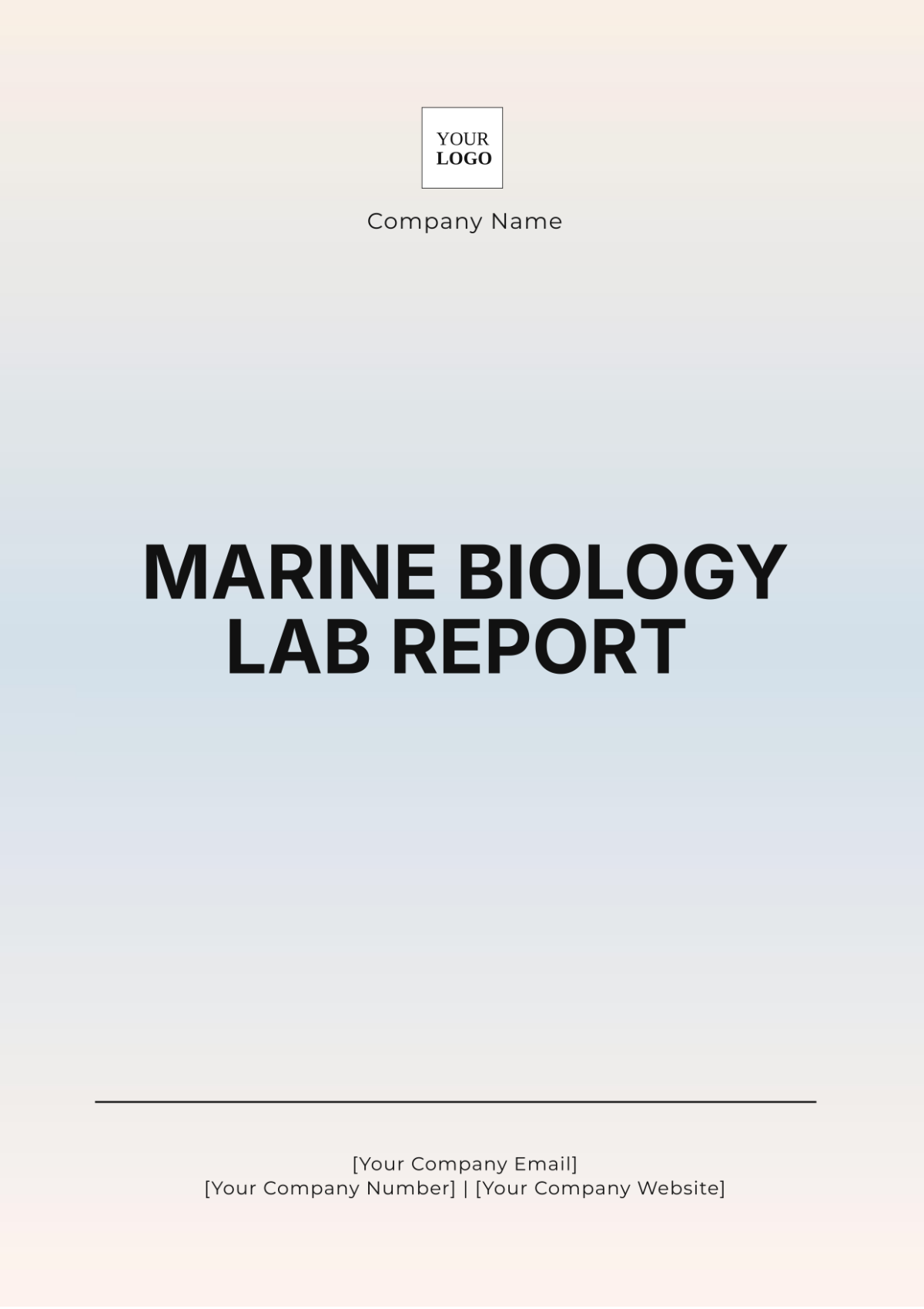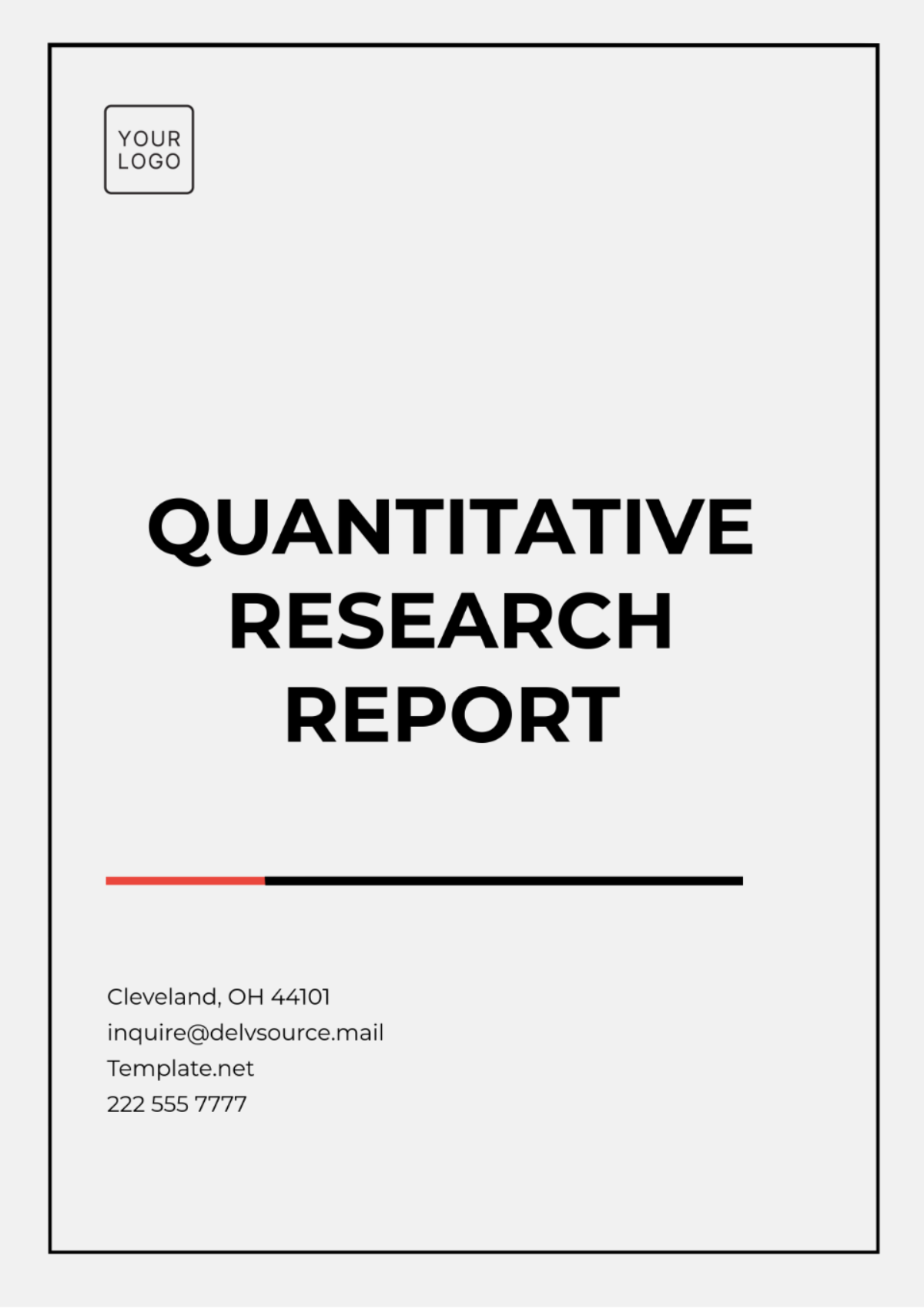Experiment Lab Report
Title: The Effect of Temperature on the Rate of Enzyme Activity
Experimenter: [Your Name]
Date: [Date]
Institution: Greenfield University
Abstract
This experiment investigated how temperature affects the rate of enzyme activity using catalase as the enzyme. The hypothesis was that increasing temperature would increase enzyme activity up to a point, after which it would decrease due to enzyme denaturation. Catalase was exposed to various temperatures, and oxygen production was measured. The results showed that enzyme activity increased with temperature up to 37 °C, beyond which it declined. The findings support the hypothesis and demonstrate the optimal temperature for catalase activity.
Introduction
Enzymes are biological catalysts that speed up chemical reactions. Catalase, an enzyme found in many living organisms, decomposes hydrogen peroxide into water and oxygen. This experiment aims to explore how temperature influences the rate of catalase activity. It is hypothesized that enzyme activity will rise with temperature until it reaches an optimal point, after which it will decrease due to enzyme denaturation.
Materials and Methods
Materials:
Catalase solution
Hydrogen peroxide (H2O)
Test tubes
Water bath (set to various temperatures: 20°C, 25°C, 30°C, 37°C, 45°C)
Oxygen gas sensor
Stopwatch
Pipettes
Graduated cylinders
Methods:
Prepare 5 test tubes, each containing 5 mL of catalase solution.
Add 5 mL of hydrogen peroxide to each test tube.
Place each test tube in a water bath set to a different temperature (20°C, 25°C, 30°C, 37°C, 45°C) for 5 minutes.
Measure the volume of oxygen produced using an oxygen gas sensor.
Record the results.
Results
Temperature (°C) | Oxygen Production (mL) |
|---|---|
20 | 15 |
25 | 22 |
30 | 30 |
37 | 35 |
45 | 10 |
Discussion
The results indicate that catalase activity increases with temperature up to 37 °C, where it peaks at 35 mL of oxygen produced. Beyond 37°C, enzyme activity drops significantly, likely due to denaturation of the enzyme. These findings align with the hypothesis that temperature affects enzyme activity, demonstrating an optimal temperature for catalase function.
Possible sources of error include variations in enzyme concentration and inaccuracies in temperature control. Future experiments could use more precise temperature controls and replicate tests to confirm results.
Conclusion
The experiment successfully demonstrated that temperature affects the rate of enzyme activity, with catalase showing increased activity up to an optimal temperature of 37 °C. Beyond this temperature, enzyme activity decreases, supporting the hypothesis. These results provide insight into the optimal conditions for catalase function and can be applied to understand enzyme behavior in different environments.
References
Smith, J. (2050). Enzyme Kinetics and Temperature. Journal of Biological Chemistry, 295(5), 1234-1245.
Jones, A. (2052). Catalase Activity in Varying Conditions. Greenfield University Press.

















































